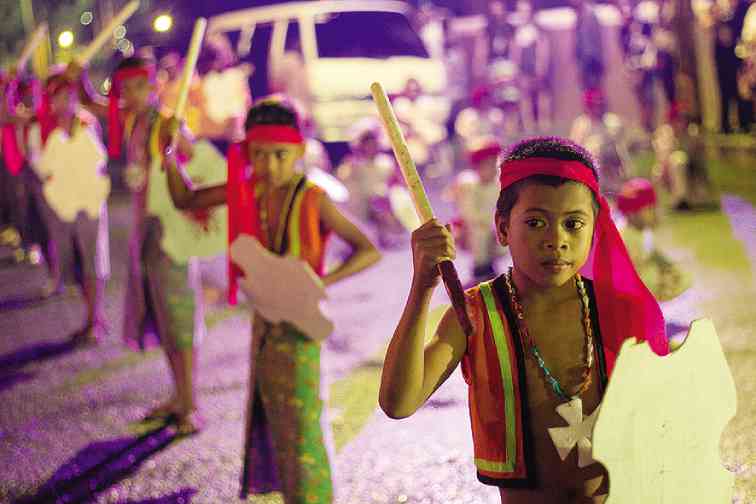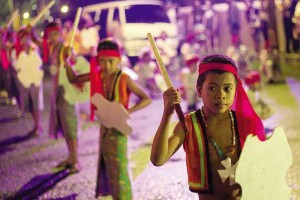
Starting with just three museums and a heritage site seven years ago, Gabii sa Kabilin (GSK) has expanded aggressively and now has 33 participating locations in four cities.
Organized by the Ramon Aboitiz Foundation Inc. (Rafi) in partnership with the National Commission for Culture and the Arts (NCCA) and various local government units (LGU), the annual event is held every last Friday of May, which is May 31 this year, the culminating activity of the National Heritage Month and of the International Museum Day (May 18).
The celebration is also part of the NCCA’s Subcommission on Culture and Heritage project Taoid, which is a recognition and celebration of the different aspects of our national cultural heritage.
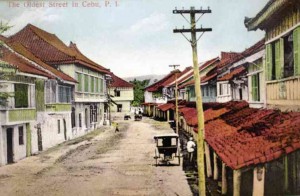
According to Rafi executive director for Culture and Heritage Jocelyn Gerra, the celebration is inspired by Germany’s Lange Nacht der Museen, or Long Night of Museums.
“The Philippines is the only country in the Asia-Pacific region that holds this event. We hope that other cities in the Philippines will start emulating this,” she said.
For P150, local and foreign artists and art-lovers were treated to a night of exhibits, art fairs, film showing, cultural performances and food markets. Visitors were able to travel back and forth from different destinations via designated buses and tartanillas, or horse-drawn carriages.
Cebu City alone has 22 participating institutions and sites: Casa Gorordo Museum; Cathedral Museum of Cebu; Cebu City Hall; Cebu City Museum; Cebu Cultural Center; Don Sergio Osmeña Memorabilia and CAP Art Gallery; Fo Guang Shan Chu Un Temple; Fort San Pedro; Iglesia Filipina Independiente Cathedral of the Holy Child; José R. Gullas Halad Museum; Museo Parian sa Sugbo; Museo Sugbo; Plaza Independencia; Plaza Parian-Aboitiz and Heritage Pocket; Sacred Heart Parish Church-Alternative Contemporary Art Studio; San Nicolas de Tolentino Parish Church; San Pedro Calungsod Chapel; Sugbo Chinese Heritage Museum; United Church of Christ in the Philippines-Bradford Memorial Chapel; University of Southern Philippines-Rizaliana Museum; University of the Philippines Cebu; and Yap-Sandiego Ancestral House.
Lapu-Lapu City participants include Mactan Shrine; Muelle Osmeña; Nuestra Señora Virgen de la Regla Parish Church; and Plaza Poblacion.
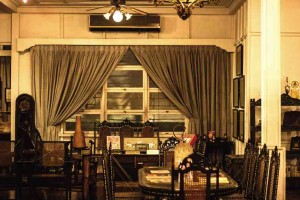
In Mandaue City, participants are Mandaue City Presidencia; Bantayan sa Hari; the plaza complex; and the National Shrine of St. Joseph.
Talisay City participants are National Historic Shrine Liberation Monument; Museo de Talisay; and Sta. Teresa de Avila Parish Church.
Cebu’s cultural expo
GSK kicked off at the United Church of Christ in the Philippines-Bradford Memorial Chapel, which is also celebrating its centennial. It is the only Protestant church in Cebu declared a National Historical Landmark by the National Historical Commission of the Philippines.
The kickoff was followed by a ribbon-cutting ceremony for a photo exhibit in Cebu City Hall containing 52 framed photos of old Cebu, Leyte, Negros, Iloilo, Palawan and Zamboanga, from the Netzorg Filipiniana Collection of the Ortigas Foundation, Inc.
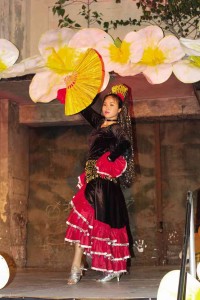
Following the exhibit was a cultural walk where Cebu City Mayor Michael Rama guided the tourists as they passed along Basilica Minore del Santo Niño, Magellan’s Cross and Cebu Metropolitan Cathedral.
The walk ended in Plaza Humabon, where the Taoid 2013 opening took place. With its theme, “Weaving Our Stories, Threading Our Paths,” this year’s celebration aimed to give participants what its organizers called “a glimpse of the legacies of the past and how it remains to shape the present and the future.”
The Turang Sinug Dance Troupe performed during the opening. It was followed by an audiovisual presentation of Filipino culture across the regions.
Some of the more prominent cultural sites in GSK include the Cathedral Museum of Cebu, which organized a photo exhibit of San Pedro Calungsod during his canonization. The museum also houses sacred relics acquired by the archdiocese and various memorabilia of Pope John Paul II and Archbishop Emeritus Ricardo Cardinal Vidal.
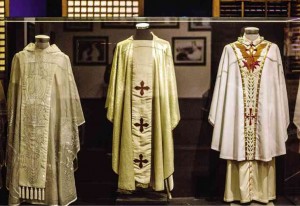
Museo Sugbo, Cebu’s largest museum and a former jail, showcases two millennia of the province’s heritage and history. The museum complex simultaneously opened with 14 different galleries, a product fair, and dance presentations from the internationally acclaimed University of Cebu Dance Company.
The Osmeña Memorabilia and CAP Art Gallery, which used to be the retirement home of President Sergio Osmeña, houses various relics of his presidency and the Second World War.
The museum-cum-ancestral house has maintained the authenticity of the furniture and interiors as what it originally looked like more than half a century ago.
Reasons to return
Casa Gorordo, which was the home of the first Cebuano bishop Juan Gorordo, served as the stage for musical performances by Sistemang Pilipino and renowned soprano Izarzuri Vidal. There were also demonstration sessions on weaving and an exhibit of various local textiles.
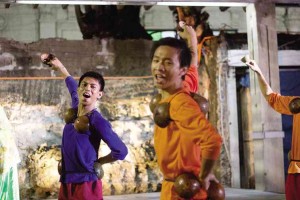
San Nicolas de Tolentino Parish Church showcased a demonstration of the Filipino martial art, arnis; a food fair featuring seafood delicacies, and an art exhibit of religious mosaics made by visual artist Fidel T. Araneta.
Children were also encouraged to immerse themselves in GSK with activities prepared exclusively for them, such as beadwork and rosary stringing; tablea-making; calligraphy writing; and storytelling of folk tales.
With the celebration clocking from 6 p.m. to 12 midnight, traversing 33 different cultural sites in four cities in just one night was virtually impossible. But Gerra said this was not a bad thing, as it would give tourists more reasons to return year after year.
“Gabii sa Kabilin is not a race. Breathe in everything you see and slow down before you proceed to another,” she said. “Besides, it’s not like the heritage sites will disappear after the Night of Heritage. They will be just where they are, begging for your attention and ready for your scrutiny on another day.”
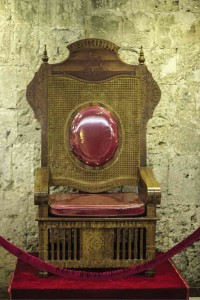
Aside from increasing tourist arrivals in Cebu, the event brings about cultural awareness to the community, said Gerra.
“What’s good is that the youth are also actively joining and even coming up with write-ups and blogs about the event. More people are discovering the rich heritage that Cebuanos have,” she said.
Moreover, places with historical and cultural significance that were unknown even to the Cebuanos themselves before have become more popular, and Cebuanos have increased their culture-heritage quotient as a result.
With the collaboration among museums, barangays, and public and private sectors, GSK is now “a venue for strengthening community involvement and multisectoral partnerships,” Gerra said.

